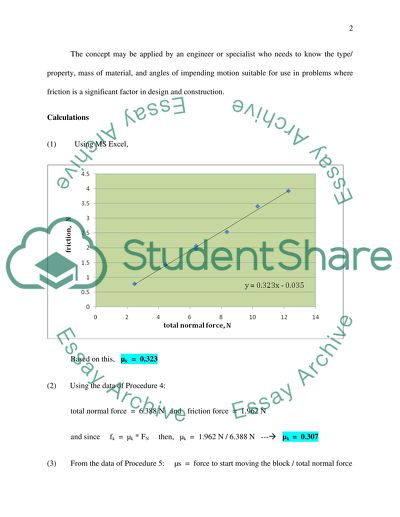Cite this document
(“Friction. Lab report Example | Topics and Well Written Essays - 750 words”, n.d.)
Friction. Lab report Example | Topics and Well Written Essays - 750 words. Retrieved from https://studentshare.org/physics/1458358-friction-lab-report
Friction. Lab report Example | Topics and Well Written Essays - 750 words. Retrieved from https://studentshare.org/physics/1458358-friction-lab-report
(Friction. Lab Report Example | Topics and Well Written Essays - 750 Words)
Friction. Lab Report Example | Topics and Well Written Essays - 750 Words. https://studentshare.org/physics/1458358-friction-lab-report.
Friction. Lab Report Example | Topics and Well Written Essays - 750 Words. https://studentshare.org/physics/1458358-friction-lab-report.
“Friction. Lab Report Example | Topics and Well Written Essays - 750 Words”, n.d. https://studentshare.org/physics/1458358-friction-lab-report.


